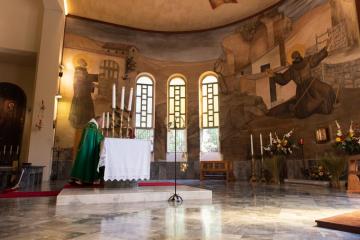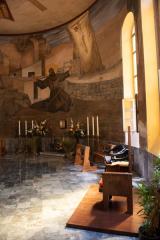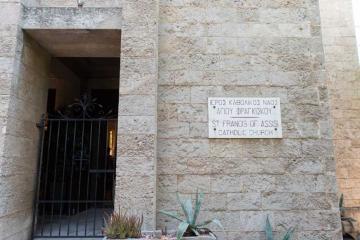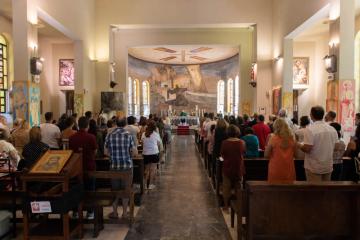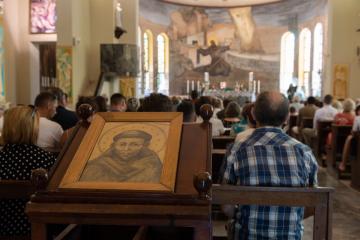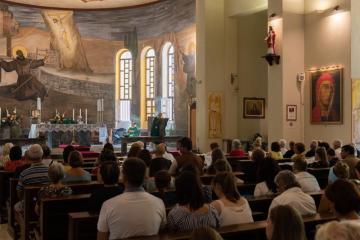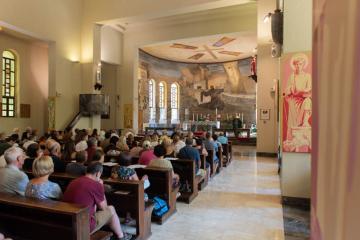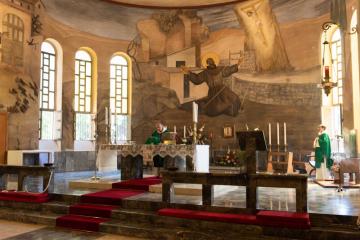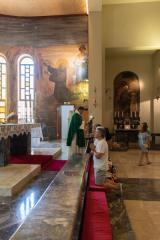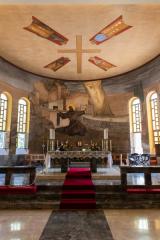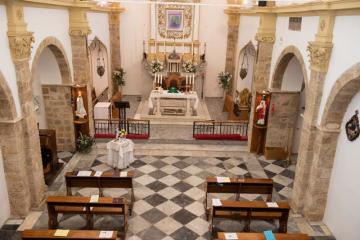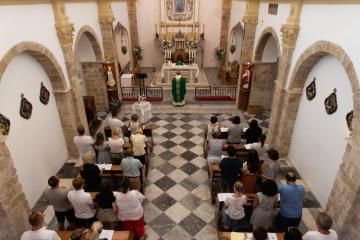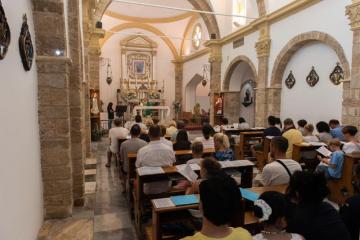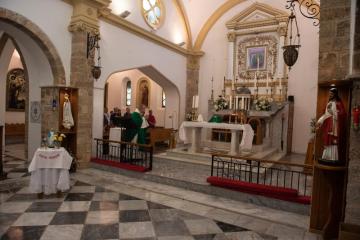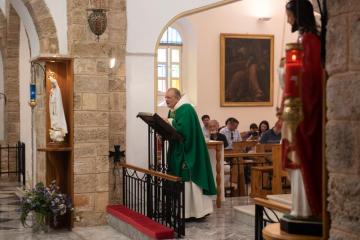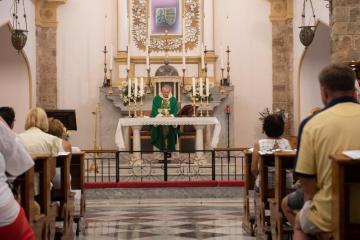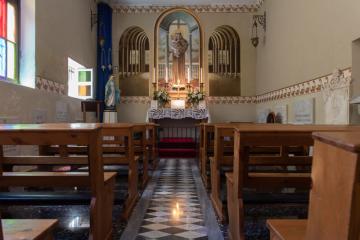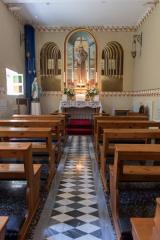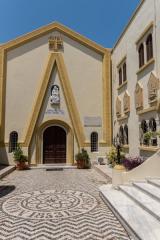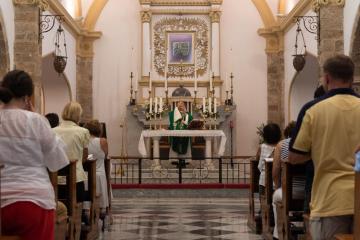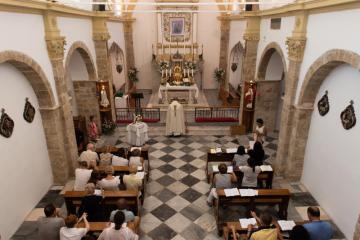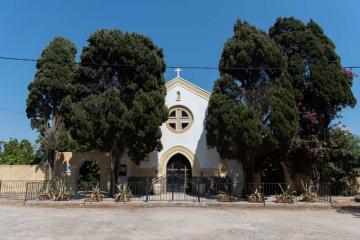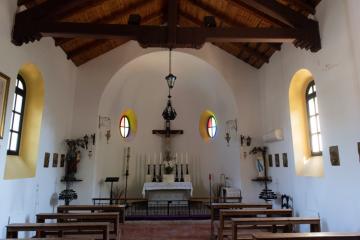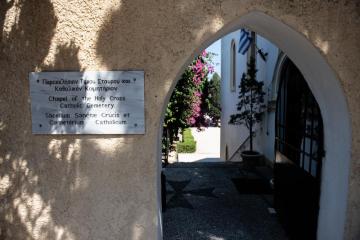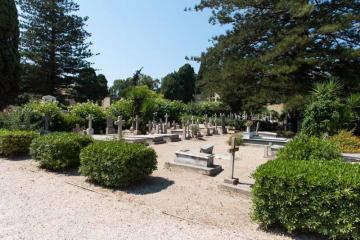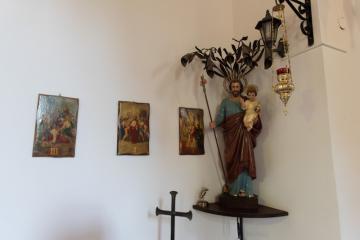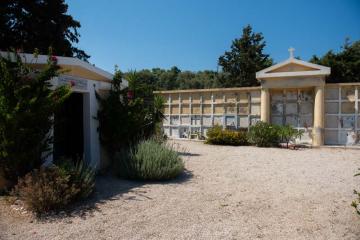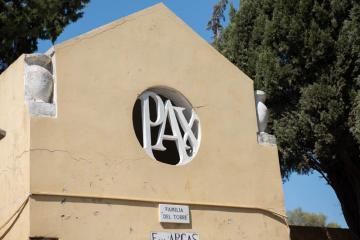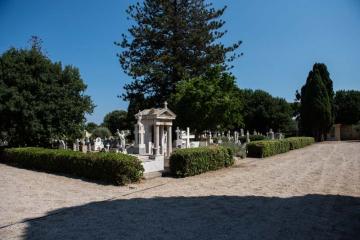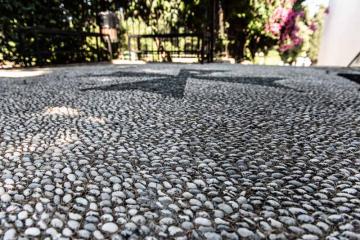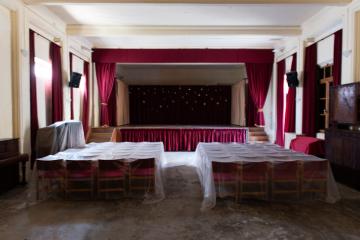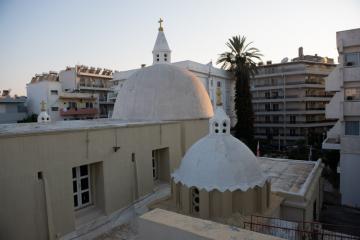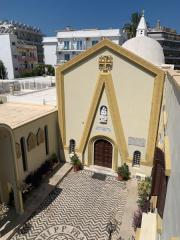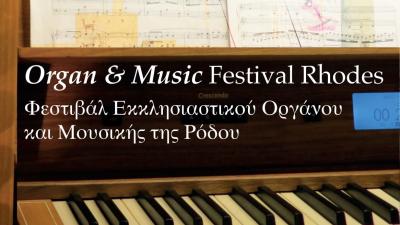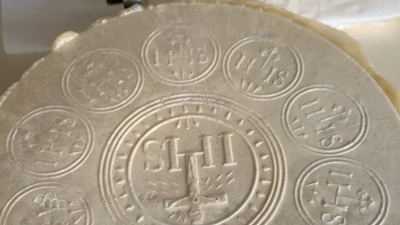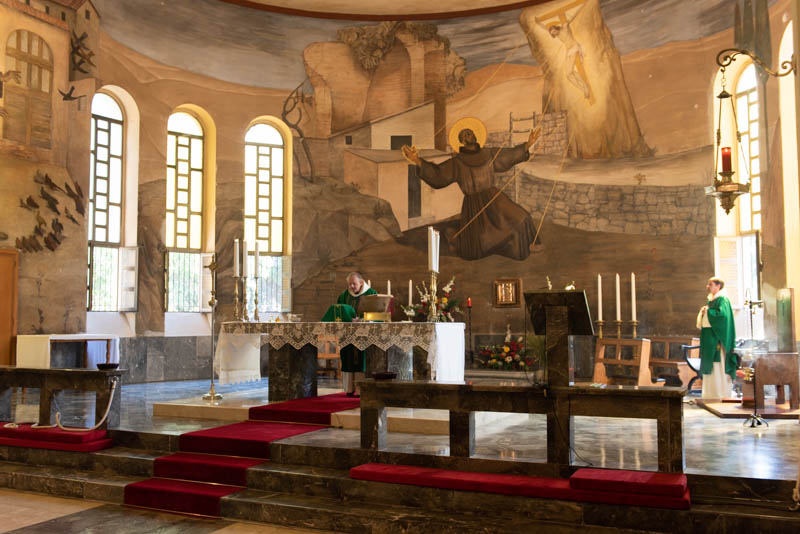
800 years after the meeting between St. Francis and the Sultan we talk about the presence of the
Friars Minor in Rhodes, the Greek island likely visited by St. Francis on his journey to the Holy Land
The Island of Rhodes, the largest of the Greek archipelago known as the Dodecanese, famous for the Colossus of Rhodes, one of the seven wonders of the ancient world, and a place open to seaside tourism. It is also one of the locations where the Custody of the Holy Land is active.
The Christian presence on the island has very ancient roots: St. Paul, visited these shores around 58 AD when he was returning from Cyprus, where Christianity had begun to spread. The new religion quickly established itself throughout the island, so much so that in the ecumenical councils that took place during the first centuries of the church’s history, the presence of the Bishop of Rhodes was reported. This individual then became the Metropolitan of twelve dioceses in the fourth century and, later on, the promoter of the union between the Greek and Latin Churches. According to a historical account, Rhodes was a mandatory pass-through port, and in 1219 St. Francis also passed through the island during his journey to meet the Sultan at Damietta.
In particular, the history of the Franciscan presence intersects with the Catholic one: the Friars Minor arrived in Rhodes following the Crusaders in the early 1300s. This is demonstrated by the fact that it was indeed a Franciscan, Fr. Pietro from Pleine Chassaigne, the first Apostolic Legate assigned by the Pope to “Rhodes and the East.” Initially, the Franciscan presence was linked to the Knights Hospitallers of St. John in Jerusalem, who later became the Knights of Rhodes and who then took the name of the other island that hosted them after escaping Rhodes: Malta. For more than two centuries, the number of Catholics and the construction of churches increased. It was thanks to a donation by one of the knights that they obtained the first Church that is still known with the title of St. Mary of Victory, which was later demolished. In 1522, with the defeat of the Knights by the Saracens, even the Franciscans had to leave the island to take refuge at the Mission of Constantinople but they continued to visit it for the celebration of religious services--and we know this thanks to some official permits, written in Turkish, which are still preserved in the archives .
In 1743, the new Church of St. Mary of Victory was built and was later enlarged to become what it is today: the mother Church of the Catholic community present in Rhodes. During the period of Italian presence at the beginning of the 1900s, the number of Catholics grew to 10,000 people including military personnel and civilians. The history of that period is told to us through documents, wills, certificates and other writings entrusted to, transcribed and kept by the Franciscans. As part of the Mission of the Umbrian Province of the Friars Minor until 1972, the Monastery of Rhodes and the other connected churches were passed over to the Custody of the Holy Land that year and to this day continue to be under the guardianship of the Franciscans of the Custody.
Currently, the Parish, which includes the Church of St. Francis, the Church of St. Anne in Ixia and the Chapel of the Catholic Cemetery on the island of Kos, has changed its structure thus adapting itself to the current reality of the island. Since the 1960s, in fact, mass tourism has grown exponentially and the presence of the Friars of the Custody has become important both for preserving and supporting local Catholics, made up of people from many parts of the world and for the pastoral care of the many tourists who visit during the summer months.
In 2004, thanks to the initiative of the current pastor, Fr. John Luke Gregory, a Discreet and Delegate of the Custody of the Holy Land, a new era began for local Catholics. This work involved a dozen laypeople of different nationalities and different backgrounds who always attended the parish, to which numerous responsibilities were delegated. There are multiple activities that the parish carries out and different groups are involved: Caritas, which focuses on the various charitable activities of the parish, to the Secular Franciscan Order, which was recently re-formed, after 70 years of standstill, the Legion of Mary, a charismatic prayer group, as well as a group that organizes a music festival each year along with the Orthodox Christians.
“The work done over the past few years has been great,” said Br. John Luke. “But without the group of men and women working next to me every day, we would be doing half of what we do much for migrants, for the poor, for local Catholics and for those who request information from all over the world. In my collaboration with the delegation of the laity I have discovered an important dimension, which for me really represents the future of the Church.”
Giovanni Malaspina


